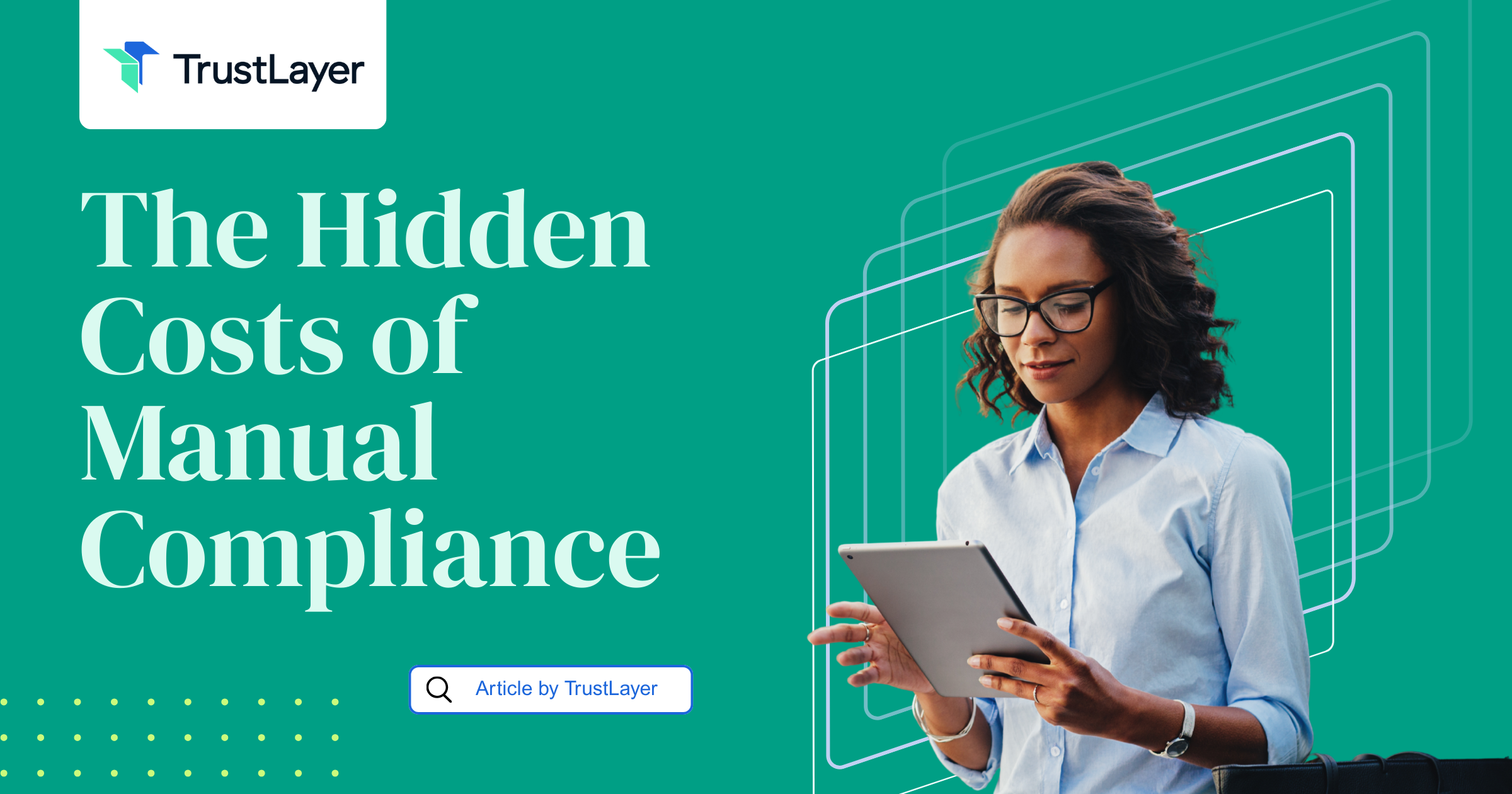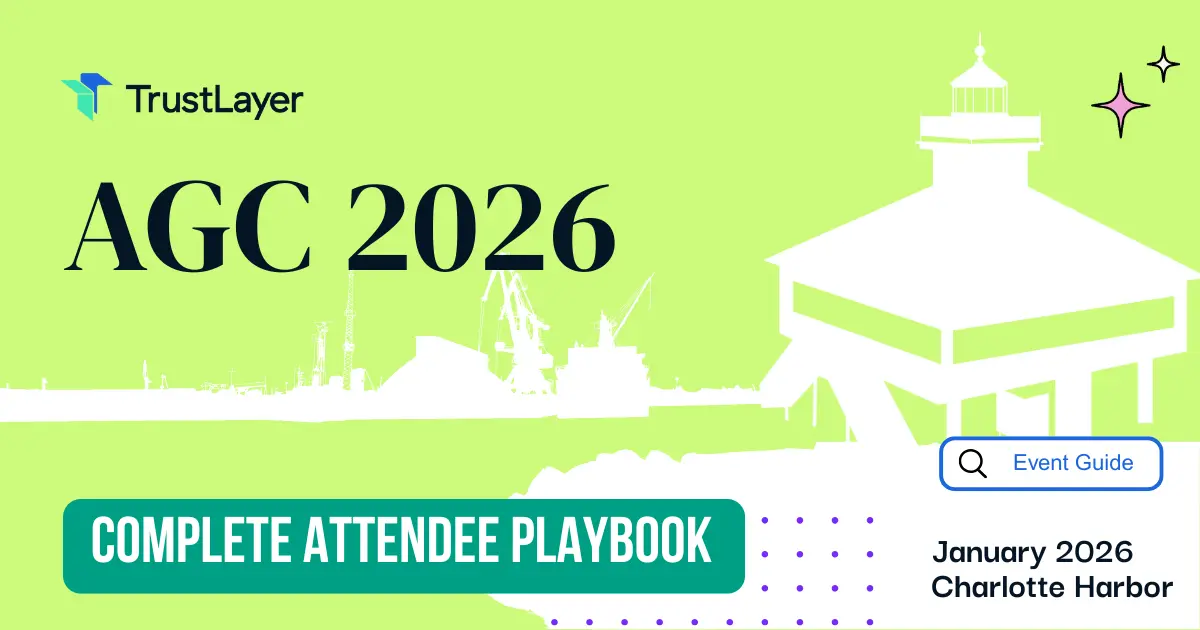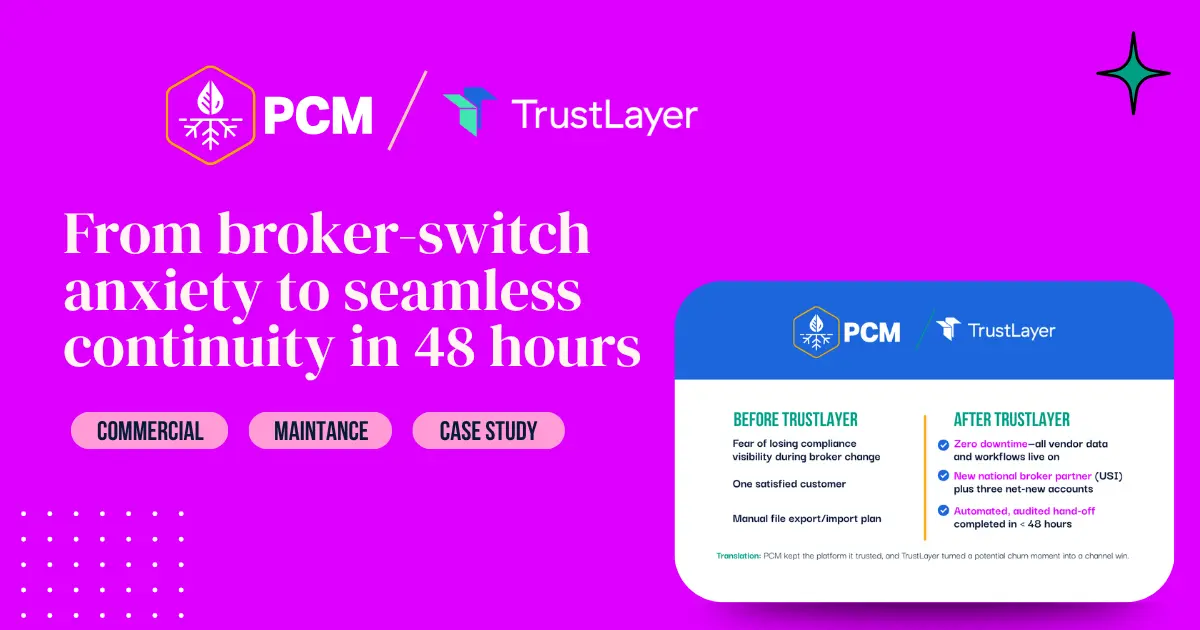Are you listed as Additional Insured?

Understanding insurance terminology can often feel like deciphering a foreign language. One term that frequently arises in discussions about liability and coverage is "Additional Insured." This phrase may seem straightforward, but it carries significant implications for businesses, contractors, and individuals alike. So, what does it mean to be listed as an Additional Insured, and why is it important?
What is Additional Insured Status?
Being listed as an Additional Insured on an insurance policy means that a party other than the primary insured is granted certain protections under that policy. This status is often included in liability insurance policies, particularly in commercial settings, to provide an extra layer of security.
For example, if a contractor is hired to perform work on a property, the property owner may request to be added as an Additional Insured on the contractor's liability policy. This ensures that if any claims arise from the contractor's work, the property owner is also covered under the contractor's insurance. This arrangement not only protects the property owner but also helps the contractor by making their services more appealing to potential clients who seek assurance against unforeseen liabilities.
Why is Additional Insured Status Important?
Having an Additional Insured status can be crucial for various reasons. Primarily, it helps mitigate risk. If a claim occurs, the Additional Insured can rely on the primary insured's policy to cover legal fees, settlements, or judgments. This can be particularly beneficial in industries where accidents or damages are more likely to occur, such as construction or event planning. For instance, in the construction industry, the potential for workplace accidents is significant, and having this status can prevent financial strain on the property owner if a worker is injured on-site.
Furthermore, it can enhance business relationships. When one party requests to be added as an Additional Insured, it demonstrates a level of trust and collaboration. It shows that the primary insured is willing to share their coverage, which can foster stronger partnerships and improve overall business dynamics. This mutual assurance can lead to more successful projects and long-term collaborations, as both parties feel secure knowing they are protected against potential liabilities that could arise during their work together.
How to Obtain Additional Insured Status
Obtaining Additional Insured status typically involves a simple process. The primary insured must request that their insurance provider add the Additional Insured to their policy. This is often done through an endorsement, which is a written document that modifies the original insurance policy. The endorsement should clearly outline the specific rights and protections afforded to the Additional Insured, ensuring that there is no ambiguity regarding the coverage.
It’s essential to communicate clearly about the specific coverage needed. Some policies may only provide limited coverage for Additional Insureds, so understanding the extent of the coverage is crucial. Always review the policy details and consult with the insurance agent to ensure that the necessary protections are in place. Additionally, it is advisable to keep records of all communications and endorsements related to the Additional Insured status, as this documentation can be vital in the event of a claim. By being proactive and thorough in this process, both the primary insured and the Additional Insured can effectively safeguard their interests.
Types of Additional Insured Endorsements
There are generally two types of Additional Insured endorsements: "granting" and "automatic." Each serves a different purpose and has varying implications for coverage.
Granting Endorsements
A granting endorsement is a specific request made by the primary insured to include another party as an Additional Insured. This endorsement typically outlines the scope of coverage and may specify the types of claims that are covered. It is often used in contractual agreements where one party needs to ensure that another party is protected.
For instance, a construction company may have a contract with a property owner that stipulates the owner must be added as an Additional Insured. The endorsement would detail the coverage provided, ensuring that the property owner is protected in case of accidents related to the construction work. Furthermore, granting endorsements can also include specific language that limits the coverage to particular incidents or time frames, which can be crucial for managing risk effectively. This specificity helps both parties understand their liabilities and responsibilities, fostering a clearer relationship and reducing potential disputes.
Automatic Endorsements
Automatic endorsements, on the other hand, provide coverage to Additional Insureds without the need for a specific request. This type of endorsement is often included in policies for particular industries, such as construction, where it is common for subcontractors to be automatically covered under the general contractor's policy.
This arrangement can simplify the process for businesses, as it eliminates the need for individual requests for each project. However, it’s still essential to review the terms of the automatic endorsement to understand the extent of the coverage provided. Many policies may have exclusions or limitations that apply to automatic endorsements, such as coverage only being valid for ongoing operations or excluding liability arising from the negligence of the Additional Insured. Understanding these nuances is vital for both the primary insured and the Additional Insured to ensure adequate protection is in place. Additionally, businesses should regularly assess their insurance needs and the adequacy of their coverage to adapt to changing risks and regulatory requirements in their industry.
Common Scenarios for Additional Insured Status
Various industries and situations often require an Additional Insured status. Understanding these scenarios can help businesses recognize when this coverage is necessary.
Construction Projects
In the construction industry, it is standard practice for contractors to add property owners as Additional Insureds. This protects the property owner from potential claims arising from the contractor's work. For example, if a worker is injured on the job site, the property owner may be held liable for the injury. Having Additional Insured status ensures that the contractor’s insurance will cover any claims related to that incident.
Additionally, subcontractors may also request to be added as Additional Insureds by the general contractor. This arrangement helps ensure that everyone involved in the project is protected, reducing the risk of disputes and claims. Furthermore, it can also facilitate smoother communication and collaboration among all parties, as each entity understands the extent of their coverage and responsibilities. In a field where safety and compliance are paramount, having clear insurance arrangements can significantly mitigate risks and enhance project efficiency.
Event Planning
In the event planning industry, organizers often need to secure Additional Insured status from vendors or venues. For instance, if a company is hosting a significant event at a venue, the venue may require the event planner to add them as an Additional Insured on their liability policy. This protects the venue from claims related to the event, including injuries to attendees and property damage.
By obtaining Additional Insured status, event planners can provide peace of mind to venue owners, fostering a positive working relationship and ensuring a successful event. Moreover, this coverage can also extend to various vendors involved in the event, such as catering services, equipment rental companies, and entertainment providers. Each vendor may face unique risks, and having them included as Additional Insureds can help streamline claims processes, ensuring that all parties are adequately protected and minimizing the potential for costly litigation.
Leasing and Rental Agreements
When leasing or renting property, landlords often require tenants to name them as Additional Insureds on their renters' insurance policies. This protects the landlord from potential claims arising from the tenant's activities on the property.
For example, if a tenant accidentally causes damage to the property or if a guest is injured while visiting, the landlord can rely on the tenant's insurance coverage to handle any claims. This requirement is common in both residential and commercial leases, providing landlords with an additional layer of protection. Additionally, it encourages tenants to maintain adequate insurance coverage, resulting in a more responsible rental environment. Landlords may also find that requiring Additional Insured status can help attract higher-quality tenants who understand the importance of insurance and risk management, ultimately contributing to a more stable rental relationship.
Limitations of Additional Insured Status
While being listed as an Additional Insured provides valuable protections, it is essential to understand the limitations of this coverage.
Scope of Coverage
One of the primary limitations of the Additional Insured status is the scope of coverage. Not all policies provide the same level of protection for Additional Insureds. Some may only cover specific types of claims, while others may have exclusions that limit the coverage available.
It’s crucial to carefully review the policy terms and endorsements to understand what is and isn’t covered. This can help avoid surprises in the event of a claim. For instance, specific policies may exclude coverage for liability arising from the sole negligence of the Additional Insured, meaning that if the Additional Insured is found to be primarily at fault, they may not receive any coverage at all. Additionally, some policies may only cover claims that arise from the named insured's work, leaving the Additional Insured vulnerable in situations where their actions contribute to a claim.
Duration of Coverage
Another limitation to consider is the duration of coverage. Additional Insured status may only be valid for a specific period or particular projects. Once the project is completed or the contract ends, the Additional Insured status may also terminate.
To maintain coverage, renew the endorsement or request additional coverage for future projects. Keeping track of these details can help ensure ongoing protection. Furthermore, the process of obtaining and maintaining Additional Insured status can be complex and may require ongoing communication between the parties involved. This includes ensuring that all necessary documentation is in place and that any changes in project scope or duration are promptly addressed. Failure to do so could result in gaps in coverage, leaving the Additional Insured vulnerable to potential liabilities that arise after the initial agreement has expired.
Best Practices for Managing Additional Insured Status
Effectively managing the Additional Insured status requires attention to detail and clear communication. Here are some best practices to consider:
Communicate Clearly
Clear communication between all parties involved is essential. When requesting Additional Insured status, provide all necessary information to the insurance provider and ensure that everyone understands the terms of the coverage.
Additionally, maintain open lines of communication throughout the project. If any changes occur, such as a shift in scope or duration, inform all relevant parties promptly to avoid misunderstandings. Regular check-ins can also foster a collaborative atmosphere, allowing for any concerns to be addressed swiftly. This proactive approach can significantly reduce the likelihood of disputes arising from miscommunication.
Document Everything
Documentation is vital when it comes to insurance matters. Keep records of all endorsements, contracts, and communications related to the Additional Insured status. This documentation can serve as valuable evidence in the event of a claim or dispute.
Having a well-organized system for tracking this information can help streamline the process and provide peace of mind. Consider utilizing digital tools or software designed for project management and documentation. These platforms can facilitate easy access to essential documents and ensure that all stakeholders are aligned. Additionally, establishing a routine for updating and reviewing these records can help prevent lapses in coverage or misunderstandings about the insurance terms.
Regularly Review Insurance Policies
Regularly reviewing insurance policies can help ensure that coverage remains adequate. As businesses grow and evolve, their insurance needs may change. Conducting annual reviews can identify any gaps in coverage or areas that require adjustments.
Engaging with an insurance professional can provide valuable insights and recommendations for optimizing coverage, including Additional Insured status. This relationship can also be beneficial in understanding the nuances of different policies and how they apply to specific projects or risks. Furthermore, staying informed about industry trends and changes in regulations can help businesses adapt their insurance strategies accordingly, ensuring that they remain protected in an ever-evolving landscape.
Conclusion
Being listed as an Additional Insured can offer significant benefits in terms of liability protection and risk management. Understanding the nuances of this status, including how to obtain it and its associated limitations, is crucial for both businesses and individuals.
By effectively managing Additional Insured status through clear communication, thorough documentation, and regular policy reviews, parties can foster stronger relationships and mitigate potential risks. Whether in construction, event planning, or leasing, recognizing the importance of Additional Insured status is a key component of responsible risk management.
As the business landscape continues to evolve, staying informed about insurance practices and requirements will empower individuals and organizations to navigate their responsibilities with confidence. Whether you are a contractor, event planner, or property owner, understanding and utilizing Additional Insured status can be a valuable asset in today’s complex world.
As you navigate the complexities of Additional Insured status and strive for effective risk management, TrustLayer is here to streamline the process. Our best-in-class certificate of insurance (COI) tracker is designed for the modern risk manager who values efficiency and accuracy. With TrustLayer, you can automate the tedious tasks of document collection, storage, and verification, freeing up valuable time and resources. Embrace the future of risk management and join the hundreds of thousands of companies that have already elevated their compliance practices with TrustLayer. Don't let manual processes slow you down. Schedule a time to speak with our team and learn how we can help you create a more resilient and collaborative business environment.
















